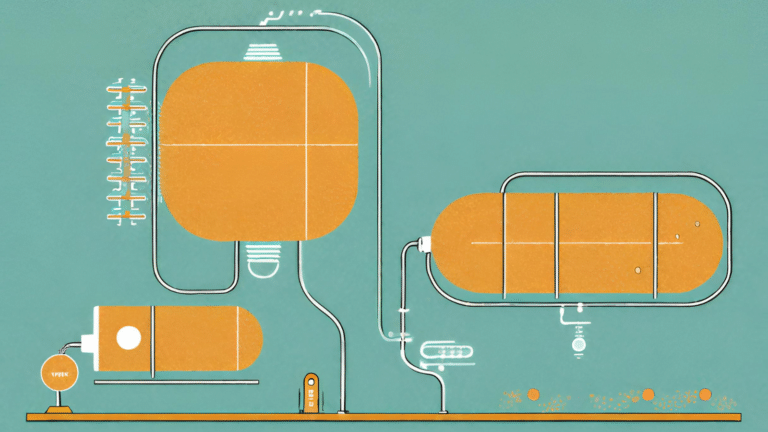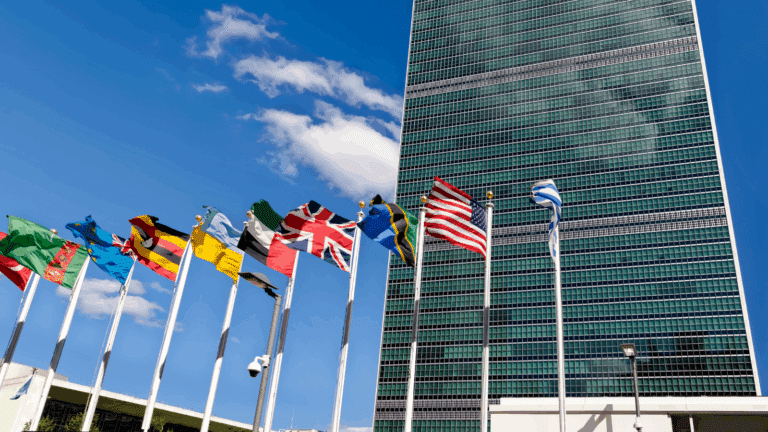This website uses cookies as well as similar tools and technologies to understand visitors’ experiences. By continuing to use this website, you consent to Columbia University’s usage of cookies and similar technologies, in accordance with the Columbia University Website Cookie Notice.
Hydrogen
Read the latest
As global warming mitigation and carbon dioxide (CO2) emissions reduction become increasingly urgent to counter climate change, many nations have announced net-zero emission targets as a commitment to rapidly reduce greenhouse gas emissions.
Low-carbon hydrogen has received renewed attention under these decarbonization frameworks as a potential low-carbon fuel and feedstock, especially for hard-to-abate sectors such as heavy-duty transportation (trucks, shipping) and heavy industries (e.g., steel, chemicals).
Publications
Trump’s One Big Beautiful Bill Act Has Given the US Hydrogen Industry Certainty — but Where Will the Green Energy Come From?
H2 projects will have to compete for a shrinking pipeline of zero-carbon electricity with energy-intensive data centres.
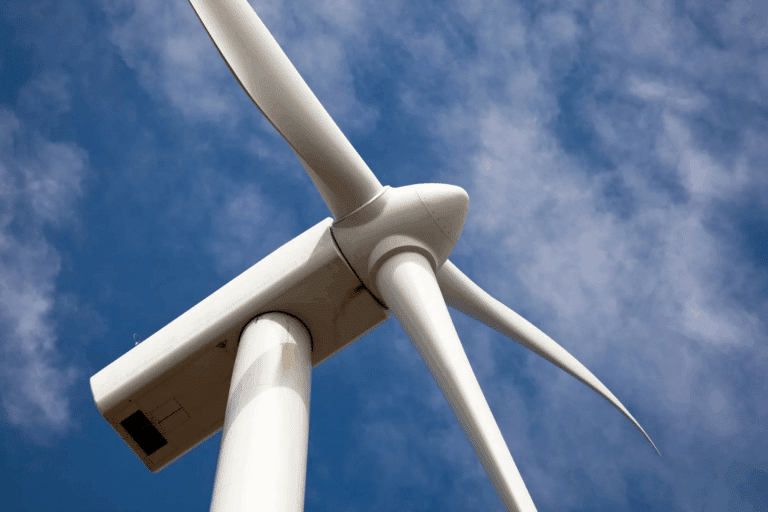
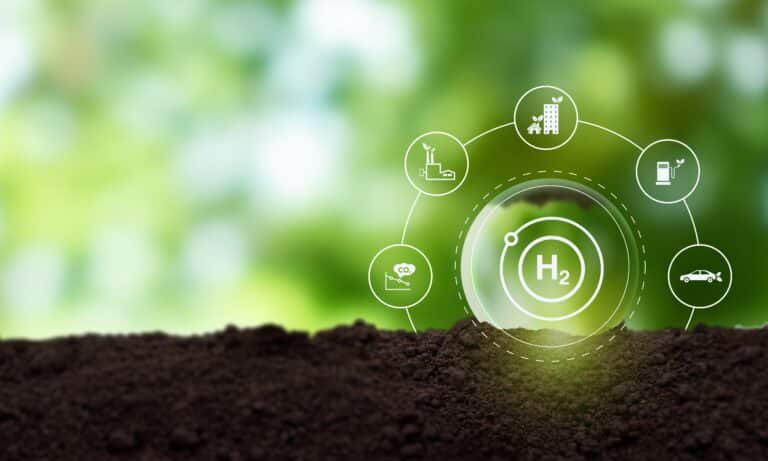
Assessing the Energy Impacts of the One Big Beautiful Bill Act
This special CGEP blog series, featuring six contributions from CGEP scholars, analyzes the potential impacts of the OBBBA across a range of sectors.

Challenges and Opportunities Posed by the EU’s 42 Percent Renewable Hydrogen Target by 2030
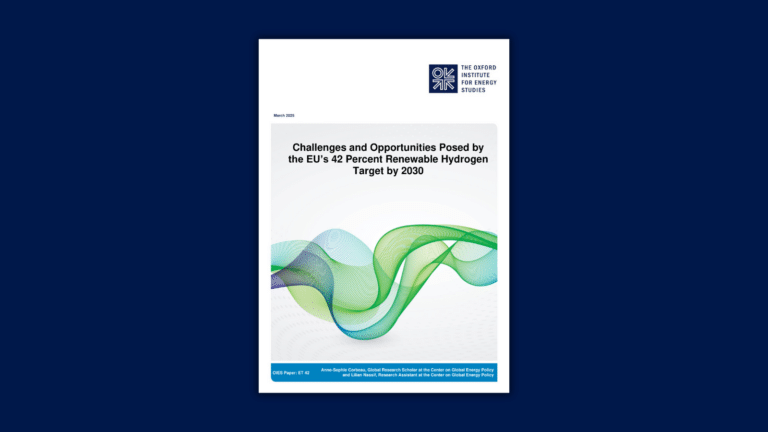

The US has a Hydrogen Demand Problem – Despite Generous Incentives
When the Inflation Reduction Act (IRA) was passed in August 2022, it triggered unprecedented enthusiasm among potential hydrogen suppliers.
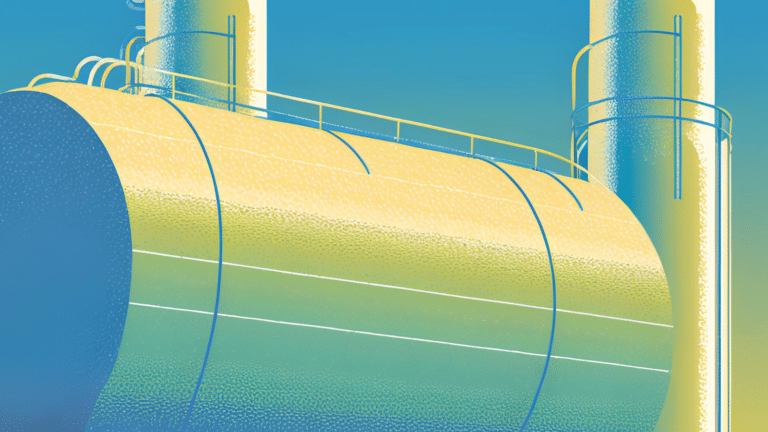
Why China’s Renewable Ammonia Market Is Poised for Significant Growth
China’s commitment to what it calls its “dual carbon” goals of carbon neutrality by 2060 and to ammonia’s potential role as a hydrogen derivative and carrier have fostered expectations that its renewable ammonia market will expand significantly and thus so will production.

Low Carbon Hydrogen in Europe: A Call to Action
Authors: Anne-Sophie Corbeau and Erik Rakhou. The focus of EU countries has long been on renewable hydrogen.
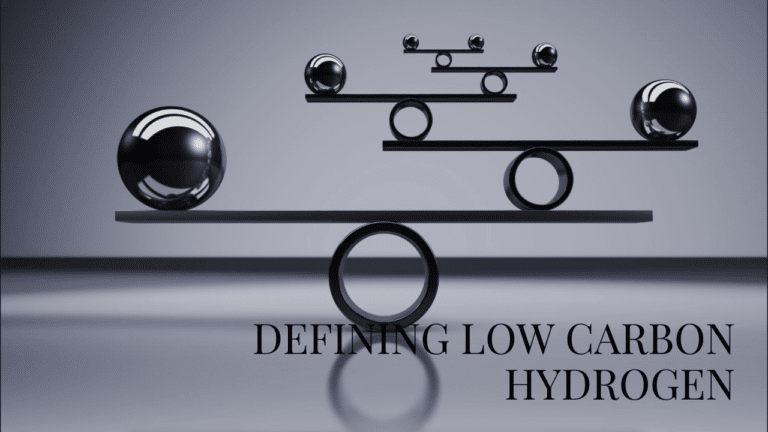
How Countries Are Planning to Produce Hydrogen
This blog post is a comparative analysis of the various production pathways each nation is considering.

What Do National Hydrogen Strategies Tell Us About Potential Future Trade?
As of April 2024, 58 national hydrogen strategies and roadmaps have been published, while many other countries have mentioned targets.
